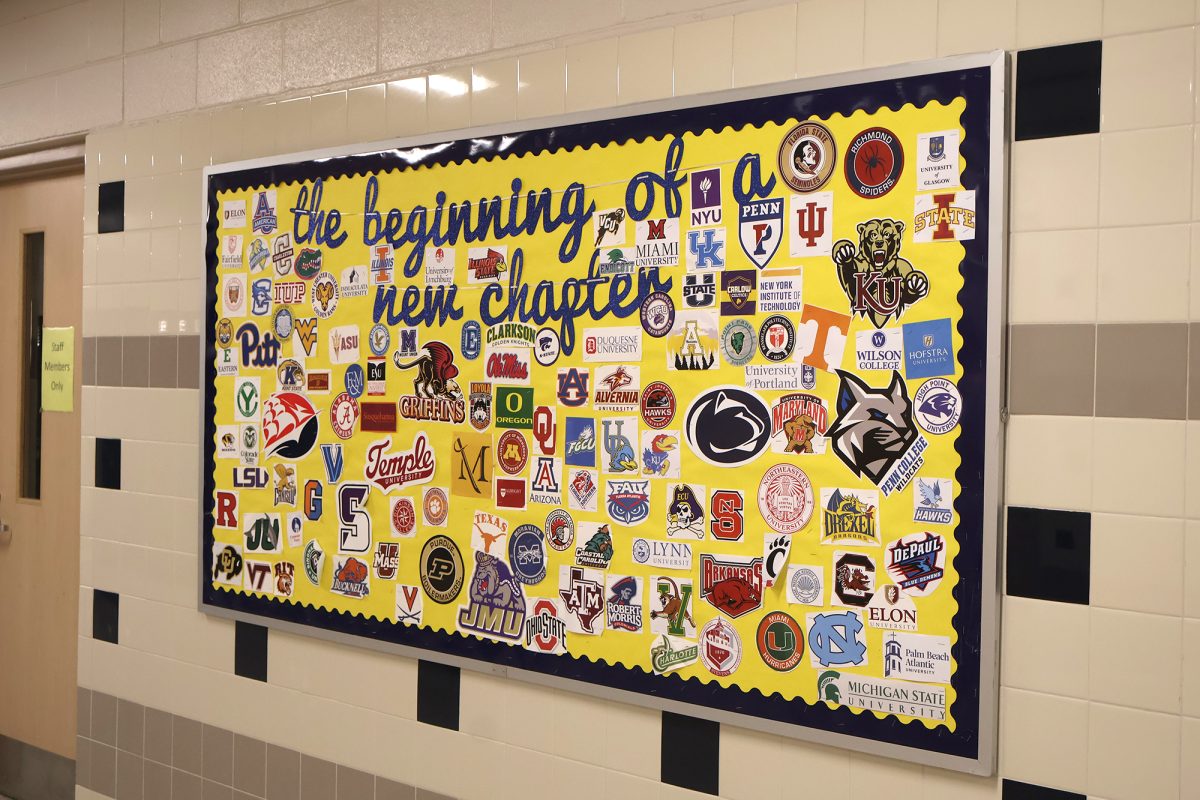Since the impact of the COVID-19 pandemic on academic learning, Spring-Ford has started using Chromebooks for teaching. Programs such as Canvas allow teachers to assign work to students and give them feedback all on one platform.
While laptops have created a new way of learning and teaching, they spark a debate in schools: Do Chromebooks help students learn better, or do they create new challenges in the classroom? If the last few years in education have taught us anything, Chromebooks have effectively dominated modern classroom learning.
Chromebook used by students rose during the COVID-19 pandemic when students and teachers were unable to attend school and had to hold classes virtually. Following the pandemic, Spring-Ford decided to hang on to the use of Chromebooks by students so that students could take advantage of what computers have to offer for their everyday learning.
Spring-Ford Geometry teacher Gabrielle Drummer appreciates the use of Chromebooks for her students to practice problems and receive instant feedback. Many teachers prefer to use programs such as DeltaMath and AP Classroom in order for students to receive instant feedback on their work and understand their strengths and weaknesses. These programs, like many others, also allow students to access resources in areas that they may be struggling in. They also allow students to revisit lessons or complete assignments virtually anywhere. Features such as shared Google Docs, Slides, and virtual group work allow students to collaborate and use teamwork skills to solve problems and complete assignments.
Some may suggest that Chromebooks leave a negative impact on learning, as students having internet access can lead to distractions from non-educational content such as social media, and games. However, certain programs can block certain content on Chromebooks and teachers have access to Hapara, which allows them to monitor and control their students’ activity. Additionally, some teachers may face the challenge of balancing digital learning tools with traditional classroom methods to ensure students develop critical thinking and problem solving skills. Some teachers may choose to have a more traditional classroom, with others relying on the use of technology more for learning, and others creating a healthy balance.
So, what is the solution?
It is clear that Chromebooks can beneficially enhance learning when they are used thoughtfully, but they can also stump students’ learning and create distractions. Teachers at Spring-Ford should pair Chromebooks with clear guidelines to limit distractions and balance their use with hands-on activities and face-to-face interactions. By doing this, educators can take advantage of the use of technology without giving up the deeper, human aspects of learning.





